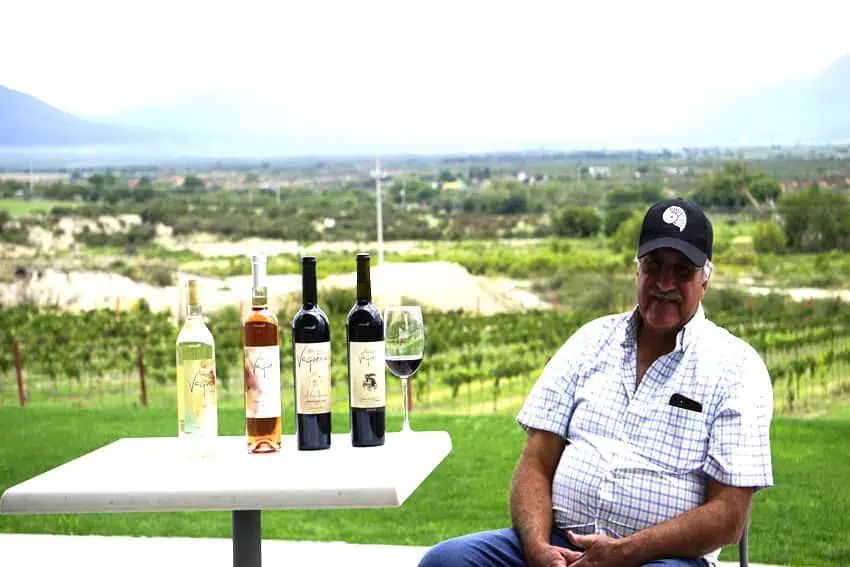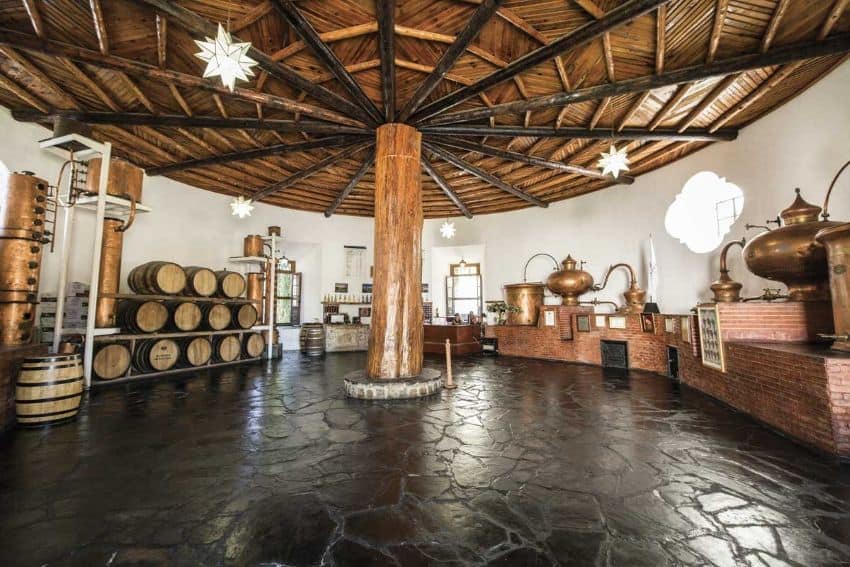Although you may be known as Mexican wine -making powerhouses in places like Baja California and Kuanjuado, Kohuila’s wine -making history is the star. Not only does it obtain the increasing recognition, it expands at an interesting rate.
Kohuila’s wine preparation as a place where wine made in the United States at the end of the 16th century Region Paras de la funty (flags of the fountain)
Spanish colonialists found the grapes inappropriate for wine, but their existence proved to support the local environmental grapes and encouraged them to plant them Wine viniferGrapes producing wine. Initially, Spanish grew up Mission Grapes. Successful of the adaptation, they began to test the other types.
In the most recent years, thanks to technical advances, the improvement of yield and quality in this region is significant, and today, the production of the region has already been recognized worldwide. It currently consists of nine wine -making areas, a total of 29 operating wine plants and more than 20 wine plants.
In other words, the wine part of Kohuila is a monster awareness.
Although you have not heard of its wines, Kohuwila is the second largest wine manufacturer in Mexico, and there are over 100 brands in the market. This is aimed at becoming the country’s leading wine producer under the post of Vinos de Kohuwila (Kohuila wines), waiting for the recognition of the geological sign (BGI) protected by the EU this year.
The southeast of Kohuwila
In the southeast, you can find Paras and other wine production areas: General Sebeda, Ramos Arisbay, Saltilo and Arthaka. This area is the largest production part of the state, as well as its best known. The environment is a semi-aphrodisiac, small rain and extreme day-night temperature differences, and there are great conditions for the development of the flag.

In this region, Saltilo is one of the most important wine mills in the south of the city, San Juan de la vageriaWhose high -quality wines left me with the best flavor in my mouth this year. In the early 16th and 17th centuries of the city of San Juan de La, it may be the oldest wine manufacturer of Kohuila.
Its climate is semi -sex, hot days and cold nights, and the average height is at a height of 1,800 meters above sea level, which is suitable for grapes.
The owners of the wine plant have come here for four generations. In 2008, they started their wine -making adventure, a well -known regional businessman and former owner of the Gaza Madeero Wine Plant, Jose Milmo, and then we will discuss. Acurace plans to expand their 20 hectares of cultivation to more than 40 hectares and to connect walnut trees and other crops into the garden.
Akuir patriot, Gerardo Aguor Floreus, a professional agricultural engineer, brought the first adhesions of the family from France. With his family, he is now one of the most interesting wine mills in the region.
Her son, Gerardo Acure Lobo, is an engineer, choosing their flags from France and has increased the white variants such as Cabonet S UV Vignan, Cabonet Frank, Malpec, Merlod, Pettit Verdot and Sira and Verdezo and Chartone. Gerardo Junior, a third -generation member who produces family wine, is in charge of the production of wine.
Meanwhile, Gerardo’s daughter, architect Sofia Elena Aguor Lobo, is handling the marketing page of business. He used his architectural knowledge so that its design stimulates the nearby fossil base. A place to visit.
Reds are powerful, but refined. A combination of the family’s Cabarnet Savignan and Merlot is popularly known as “The House Wine” for winning local palaces and has gained international acclaim. It spends 12 months on French and American oak barrels, which softens the normal energy of young grapes. There are other red colors, but it is symbol.
Their rose wine, made of gabnette savignan and malpec grapes, is very uniform, with the whole body and still soft-fruit and good acidity. Among the whites, Verdezo stands alone, and the only grapes imported from Spain instead of France.
The food here is equally important. In addition to the presence of one of the siblings in the family, Anna Carmen, San Juan de La Wakuveria has sought an expert advice in setting up a wine plant’s restaurant, connecting their wines with Mexican dishes and regional cheese. Kohuwila, who is surrounding the General Sebeda region, has its own cheese, which has been making cheese for generations.
The region is also known for its livestock and goat farming. For this reason, the meat of the two animals is also part of the tradition of the state. Gotija, Enzilado and Goat Cheese are essential for a cheese plate with walnuts from their harvest.
Links are based on Mexican dishes. The usual burritos of North Mexico are accompanied by rose or house wine.

Matero house
Gaza Madero has been a criterion for quality, exported wine for many years. It is the oldest wine plant in the United States, founded in 1597. Although production is not continuous throughout history – it once created a brand – the power of its overall stay has received the title of the oldest wine plant of the continent.
Its history is linked to the Mattero family, from which the former Mexican President Francisco I. Madoro came.
The wine plant has rooms at Hasinda de San Lorenzo, a beautiful place with a few high roofs, large rooms. Its simple and traditional decoration is with large embroidery looms that decorate each room.
Other wine mills in the area, such as Don Leo, are separate. Don Leo is notable for its kosher production.
Revereo Gonzalez, its wines, is a part of the wine plants that produce whites and rosas, but undoubtedly, the average height of the Reds, vineyard gardens is thanks to the height of the vineyard, which contributes to the rich fragrances of Redz.
Thanks to Kohuila’s unique archaeological features, you can find wine -making tours in this region, in combination with the ancient sites of dinosaur fossils and fossil sea life.
The wine-dino route provides visits to the Valey Colorado, called the Valley of the dinosaurs, and the desert museum, where the fossils, in addition to the fossils, have souvenirs from the ancient cultures in the area. This is truly a unique experience.
Kohuvila has an impact on the Mexican taste on wine wine. Much of this region is to be mentioned, which is one of the two articles in the region.
Mexican Wine Cheers!
(Tagstotranslate) coahuila
Story Credit








